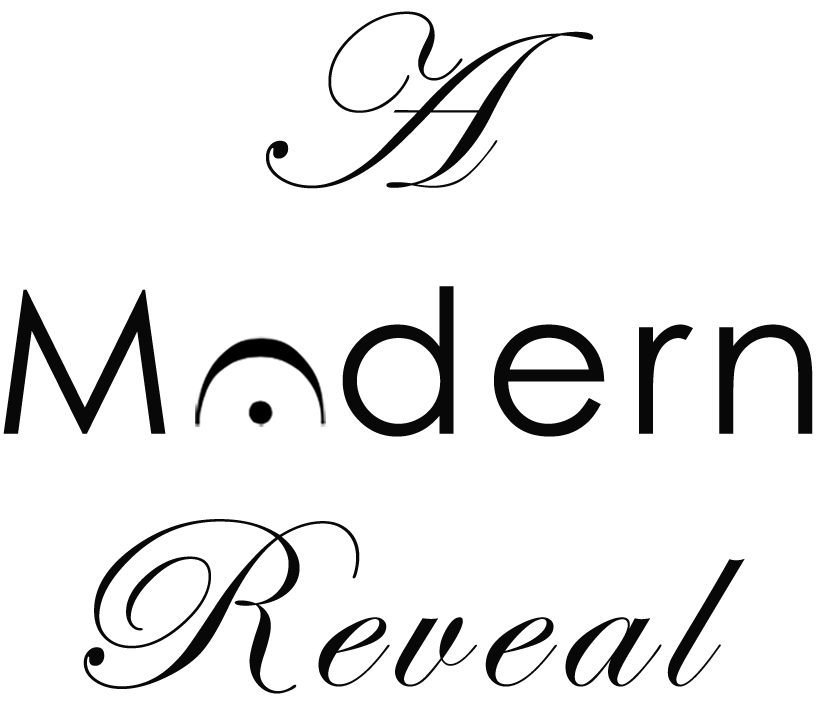Gertrud Elisabeth
“Madame” Mara
Born: February 23, 1749, Kassel, Germany
Died: January 20, 1833, Livonia
BIOGRAPHY MUSIC SOURCES
Gertrud Elisabeth (née Schmeling) Mara began her musical studies on the violin and her talent was quickly noted. At a young age, she was advised to study voice instead, as the violin was considered an unsuitable instrument for women. Mara flourished within her vocal studies, using the musical groundwork she laid as a violinist to inform her singing. She studied with Johann Adam Hiller in Leipzig where she appeared in his well respected große konzerte series as did her vocal rival, Corona Schröter.
Mara’s reputation continued to grow and she eventually found herself in an audition for Frederick the Great of Prussia. He gave her the most difficult aria he could find and was astonished when she sang it flawlessly upon first sight. He immediately offered her a lifetime contract with a large salary. She then met her future husband, Johann Baptist Mara, an unfavorable cellist in Frederick’s court. After their marriage, she began singing under the name “Madame Mara.” Eventually, her husband’s reputation tarnished her career and Mara was dismissed from her lifetime contract with Frederick the Great.
Mara found her greatest success singing in cities all over Europe, and her career as a concert and opera singer flourished. Described as her “finest effort,” Mara’s rendition of Handel’s I Know My Redeemer Liveth was her most celebrated performance, showcasing her brilliant technique. Primarily known for her singing, Mara also composed songs to use as vehicles for her own voice. Few of these songs remain today, but her reputation as a virtuosic German operatic soprano has not been forgotten.

